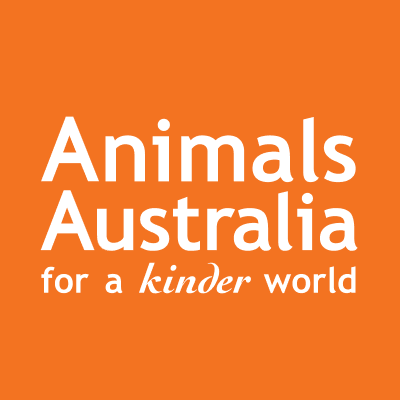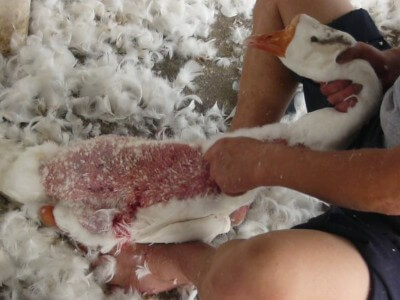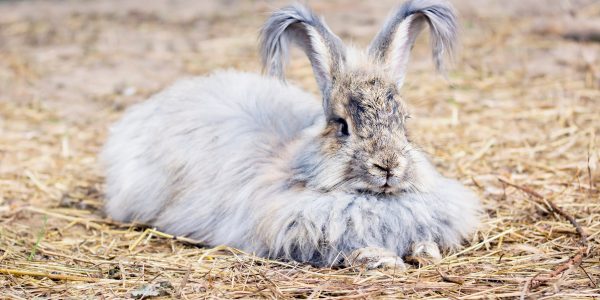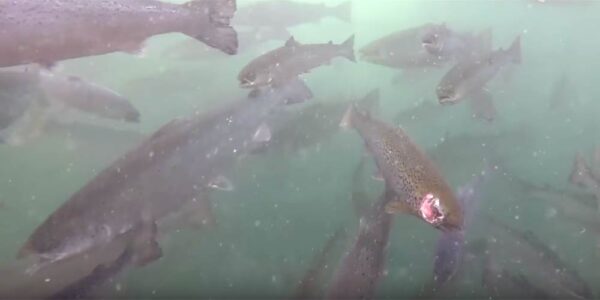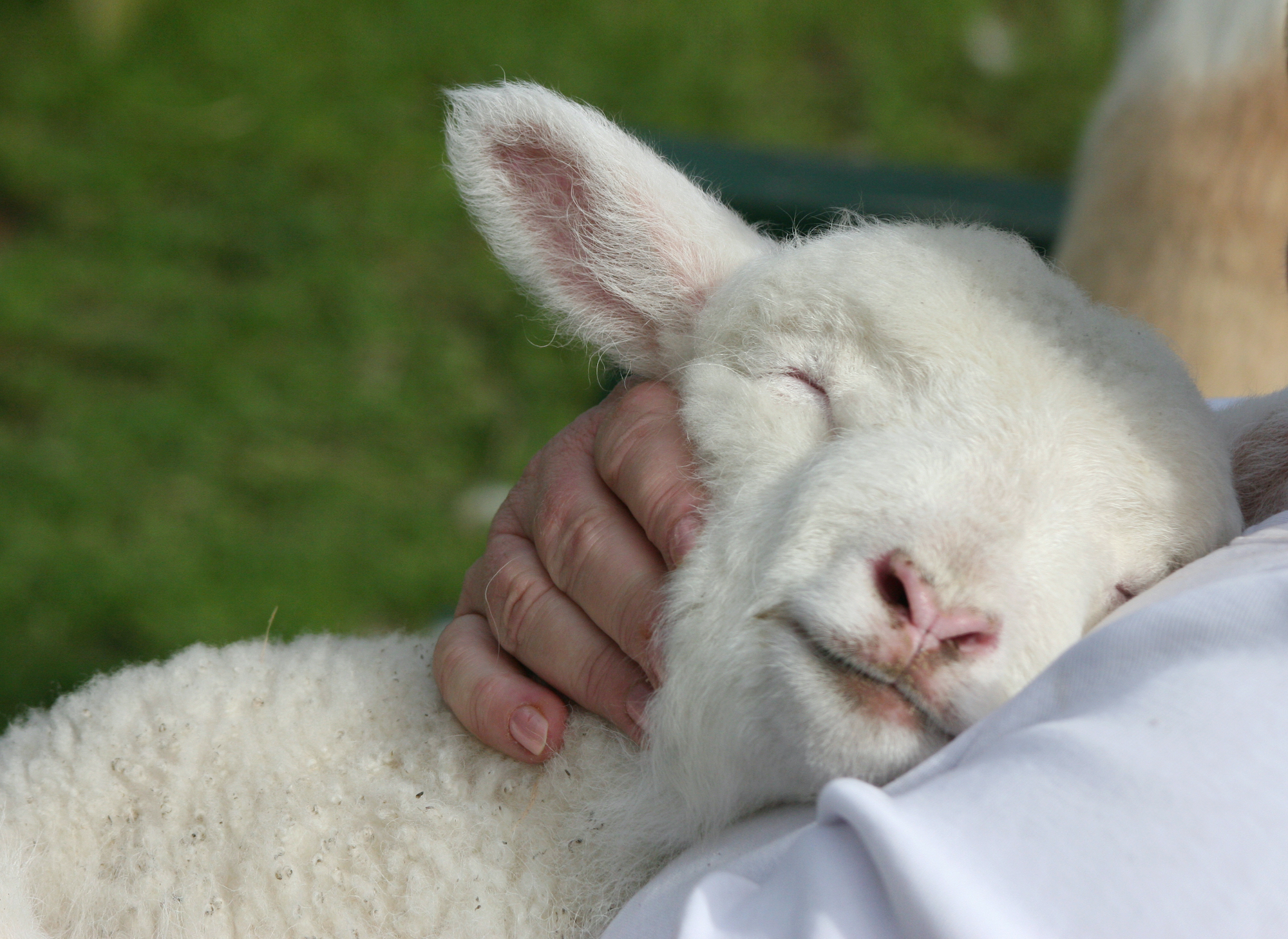The weather is cooling down quickly, which means it’s time to break out the unofficial uniform of Aussies in the country’s colder regions – the puffer jacket. But what – or more accurately who – are these jackets made from?
Puffers have been a winter staple for quite a few years now and there’s been an explosion of choice in what’s available – especially with online shopping increasing competition, there’s now a cosy puffer jacket available at every price point. ‘Down’ – or feather – filled jackets are often positioned as a superior choice for consumers, but animals are paying the ultimate price.
Thankfully, there is a mammoth shift underway to a more ethical and sustainable filling, with more and more Aussies looking for a cruelty-free, eco-friendly filling, made from recycled materials. This is an obvious choice when we take a closer look at ‘down production’ for jackets and other winter items like doonas…


